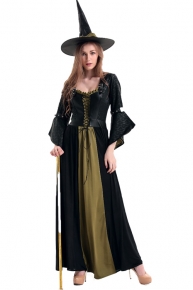Spending a Delightful Christmas in Provence
Many adults are probably all so used to the modern American and British Christmas that is all the more becoming digital and virtual. Anyone who craves for a real traditional Christmas should consider having Christmas in Provence, France. This is a Christmas festivity that is more connected to humanity and nature, with some very little influence of our digital inventions. France is mostly a Catholic nation and hence the entire Christmas and New Year festivities hold a very special place in the hearts of the French people.
True to these sentiments, Christmas in Provence is celebrated for a whooping thirty-five days, starting from the fourth of December to the sixth of January the following year. The feast of St. Barbe marks the beginning of this season and it is observed by the planting of lentil or wheat germ in three small containers covered with moist cotton wool, and come Christmas Eve, the healthy sprouts are decorated with ribbons. The legend behind planting these miniature seedlings is to symbolize bumper harvests and favorable weather in the coming year. Tourists and travelers can fully savor this experience in the rental homes set in the Sablet village area of Provence.
Natives in this region switch into the full Christmas spirit after this Feast. There is the exchanging of gifts bought at the Christmas markets which are famed for their traditional crafts and foods. On the twenty-fourth, a feast called Gros Souper is observed as people await the midnight mass. This is a light seven course meal characterized by vegetables and sea food and which is meant to honor the seven sufferings of Mary. This meal is also accompanied by thirteen desserts (Treize) which symbolize Jesus and the twelve disciples.
Though throughout the year regular church attendance is not strictly observed, wholesale Christmas costumes in Provence sees many if not all natives attend mass on Christmas Eve to receive communion. There is so much pomp and color in the village churches some of which are centuries old. The congregations say mass but no sermon is preached. This makes way for the Nativity or the reenactment of the birth of Jesus Christ. The scene is truly reminiscent of the original manger complete with live animals (sheep), straw, wooden pitchforks, reapers, and actors clad in costumes handed down over several generations. The play concludes at around two in the morning.